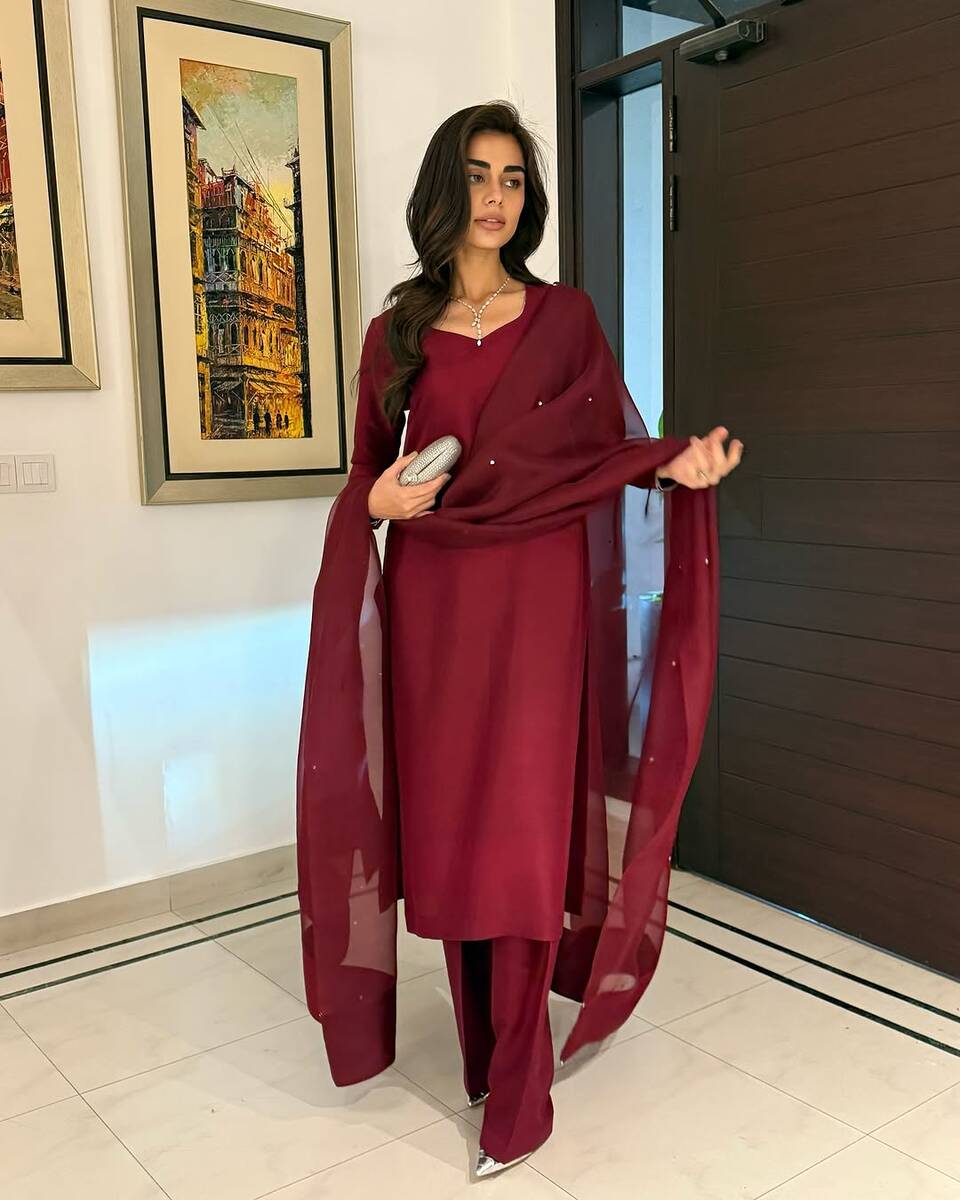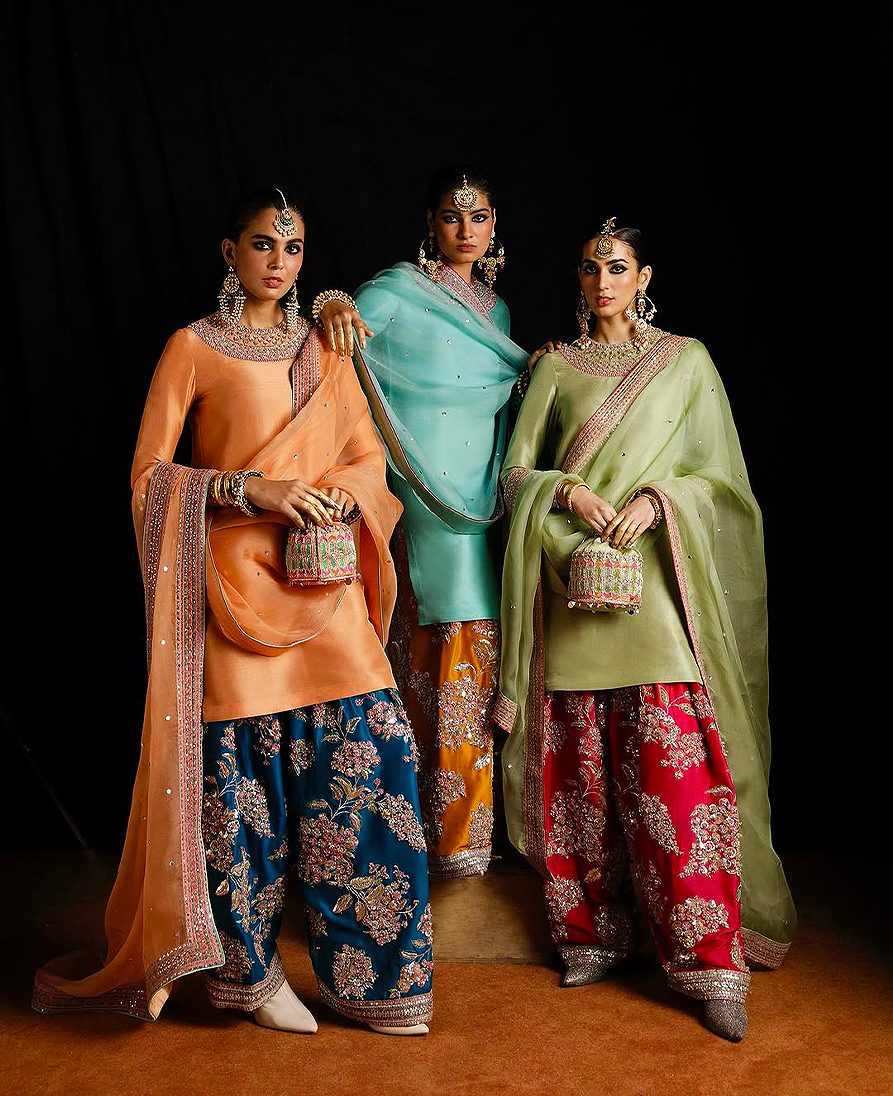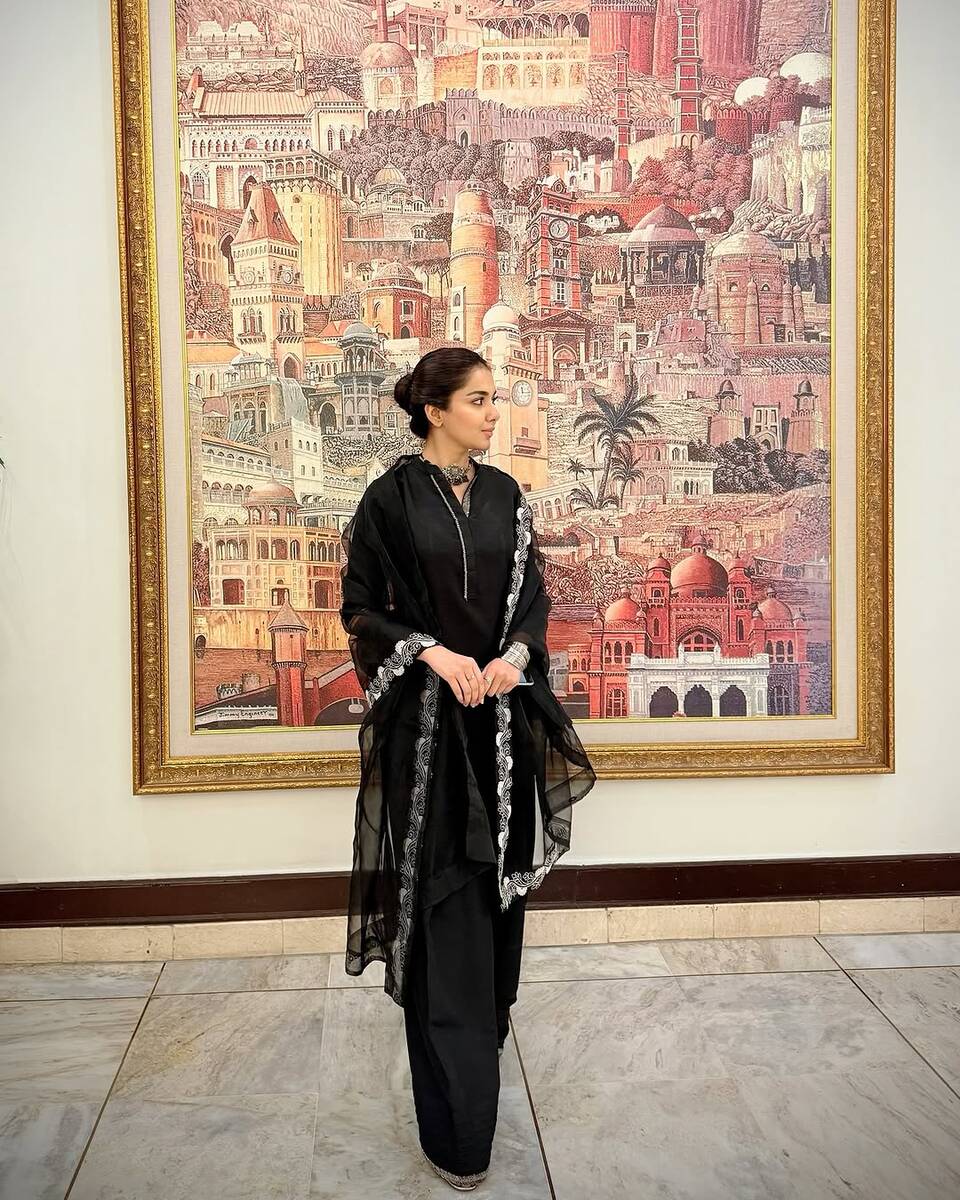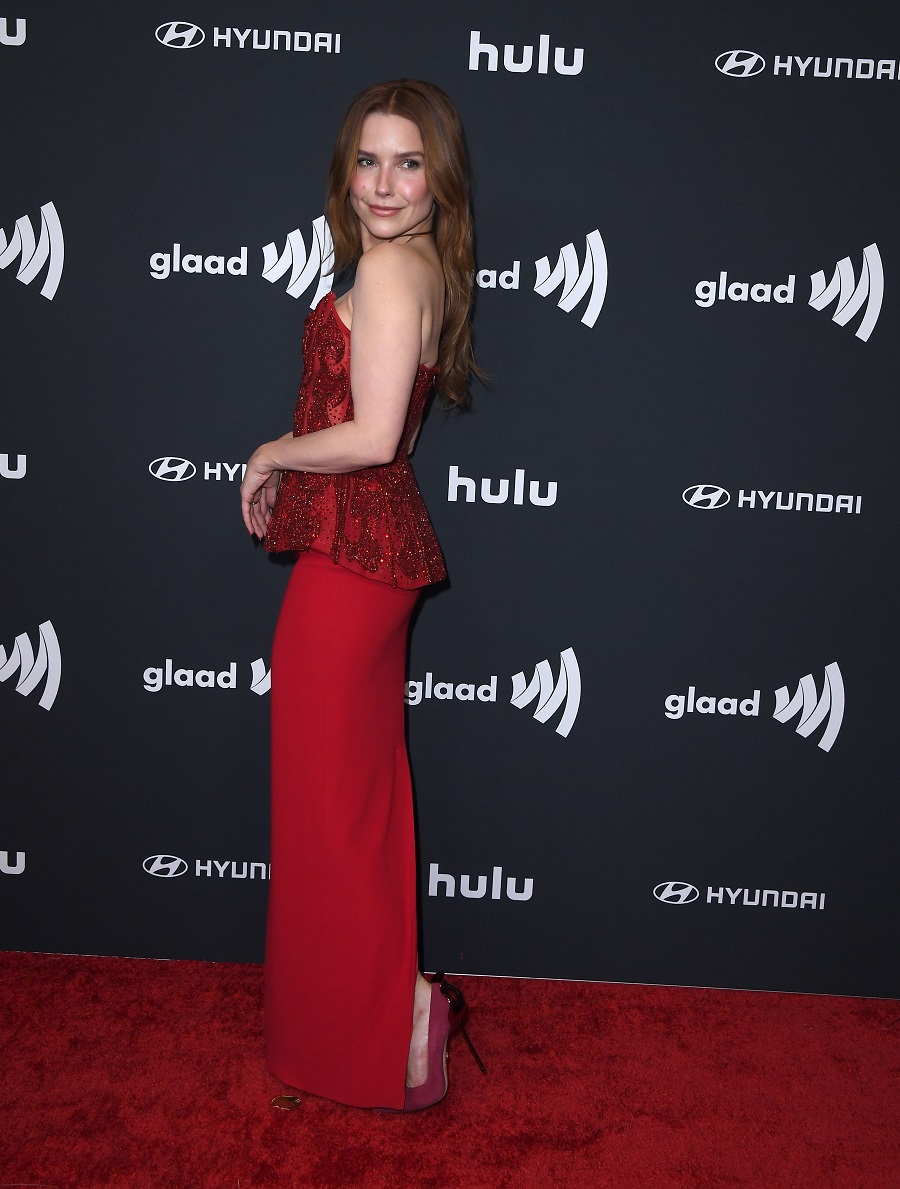DUBAI: Saudi chef Mohammed Salman Albasha took a role as a junior sous chef at The Ritz-Carlton Riyadh about six years ago. He is now the executive sous chef there, managing a team of more than 100 chefs.
“It has been one of the most unique experiences of my career, having lived in the US and Dubai, before moving to Riyadh,” he tells Arab News. “Working in one of the most luxurious hotels in the world, I’ve grown in my career as well as a professional in the kitchen.”
Albasha, who was raised in the US, earned a degree in finance before making a shift to the world of culinary arts. He has worked under celebrity chefs including Jose Andres and also spent time learning Japanese cuisine at Zuma.
Here, Albasha discusses cooking with love, customer peeves, and his favorite cuisines.
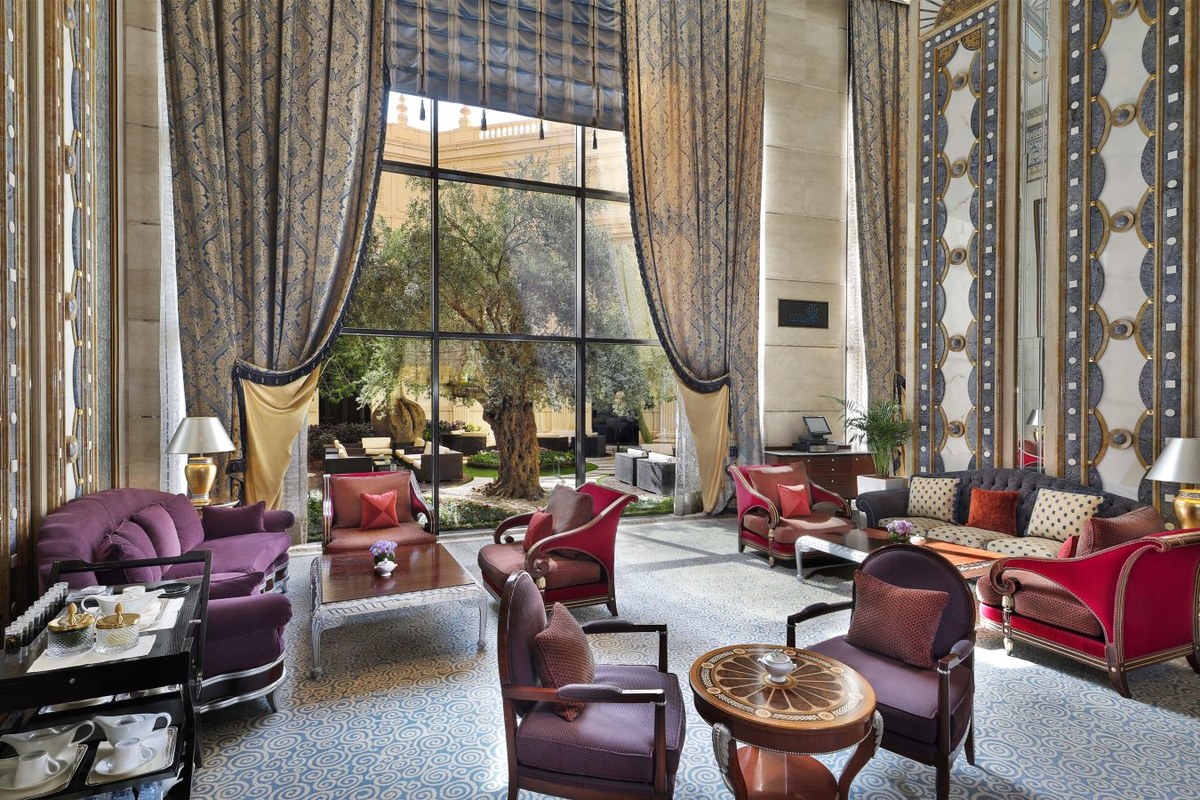
Chef Mohammed Salman Albasha is the executive sous chef at The Ritz-Carlton Riyadh. (Supplied)
What’s your top tip for amateur chefs?
Always cook as if it’s for the people you love the most. That’s not really a tip, but when you cook with love all the flavors and the aromas and the ingredients come together in a harmonic way. There are no rules to cooking. Just do it with love.
What one ingredient can instantly improve any dish?
Maldon salt. I learned that from my mentors when I started cooking Spanish cuisine. They put Maldon salt on everything. And it definitely enhances the flavors.
When you go out to eat, do you find yourself critiquing the food?
I wouldn't say I critique, because, as I just mentioned, there are no rules in cooking. Everybody has their own way of making a dish. So I might not like it, but a lot of people might. However, when I go out to eat I always like to think about how I would do a particular dish or how I would present it.
What’s your favorite cuisine?
I love Japanese food and Spanish food because I learned those cuisines when I was growing in my career. So, every now and then, I would go out and try new places, just to enhance my knowledge.
What’s your go-to dish if you have to cook something quickly at home?
You won’t believe it, but you can make a delicious chicken kabsa in a pressure cooker in 20 minutes. You just put your rice, chicken, tomato paste, and everything else into the pressure cooker and cook for 20 minutes. Back when I was in school in the US I used to make it all the time.
What customer behavior most annoys you?
When you go to restaurants, you should either eat the dish as it is or just don't go. A lot of people — including some of my friends — have demands like, ‘Oh, don't put garlic, don't put this or that.’ And then you end up taking 90 percent of the ingredients out of the dish. You can’t present a dish like this. So, in my opinion, if you're that picky, just don't go to the restaurant.
What’s your favorite dish to cook?
I’m from the Eastern side of Saudi Arabia. So, I would make a nice fish and grill it and take my time and try new techniques and use different herbs and spices.
As a manager, what are you like? Are you a disciplinarian? Or are you more laidback?
I'm not the kind of chef who likes yelling. However, I learned under a lot of chefs who used this style. But, leading a team of almost 110 chefs, I definitely say, ‘Be the leader that you want to see.’ You have to lead by example. You have to guide people through what you want, and you don't have to yell. Yelling and all that is disrespectful in any environment. Show them.
RECIPE: Chef Mohammed’s beetroot salad and goat cheese recipe

For the labneh
INGREDIENTS: 2 cups labneh; 1 cup wood chips (Applewood or hickory); Saudi olive oil (for drizzling); salt to taste
INSTRUCTIONS:
1. Place the labneh in a bowl and season with a pinch of salt. Mix well.
2. (If using a smoker): Place the wood chips in a smoker and heat until they start to produce smoke. Place the labneh in a heatproof dish and put it in the smoker for about 30 minutes. (If using the stove): Place the wood chips in a deep pot and cover with aluminum foil. Poke holes in the foil. Place a wire rack over the foil and place the labneh in a pot on the rack. Cover the pot and heat on medium until smoke appears. Smoke the labneh for about 30 minutes.
3. Once smoked, transfer the labneh to a bowl, drizzle with Saudi olive oil and set aside.
For the roasted beetroot
INGREDIENTS: 4 medium beetroots, peeled and cut into wedges; 1 tbsp dried lavender flowers; 2 tbsp Saudi olive oil; salt and pepper to taste
INSTRUCTIONS:
1. Preheat oven to 400°F (200°C).
2. Toss the beetroot wedges with olive oil, lavender flowers and salt and pepper.
3. Spread the beetroot wedges over a baking sheet in a single layer. Roast in the preheated oven for 30-35 minutes or until tender and slightly caramelized.
For the fried breaded goat cheese:
INGREDIENTS: 200g goat cheese, cut into 1-inch rounds; 1 cup all-purpose flour; 2 eggs, beaten; 1 cup bread crumbs; vegetable oil for frying
INSTRUCTIONS:
1. Place the flour, beaten eggs and bread crumbs in three separate shallow bowls.
2. Coat each piece of goat cheese in flour, dip in the beaten eggs, then coat with the bread crumbs.
3. Heat the vegetable oil in a skillet over medium heat. Fry the cheese rounds until golden brown and crispy (about 2-3 minutes each side). Drain on paper towels and set aside.
For the final dish
INGREDIENTS: Smoked labneh; roasted beetroot with lavender; fried breaded goat cheese; ready-to-eat figs, halved; microgreens for garnish; beetroot powder for garnish; Saudi honey for drizzling
INSTRUCTIONS:
1. On a serving plate, place a dollop of smoked labneh.
2. Arrange the beetroot wedges around the labneh. Place the fried goat cheese rounds next to the wedges.
3. Place halved figs on the plate and sprinkle with microgreens.
4. Lightly dust the dish with beetroot powder and drizzle with honey.
5. Serve immediately.






